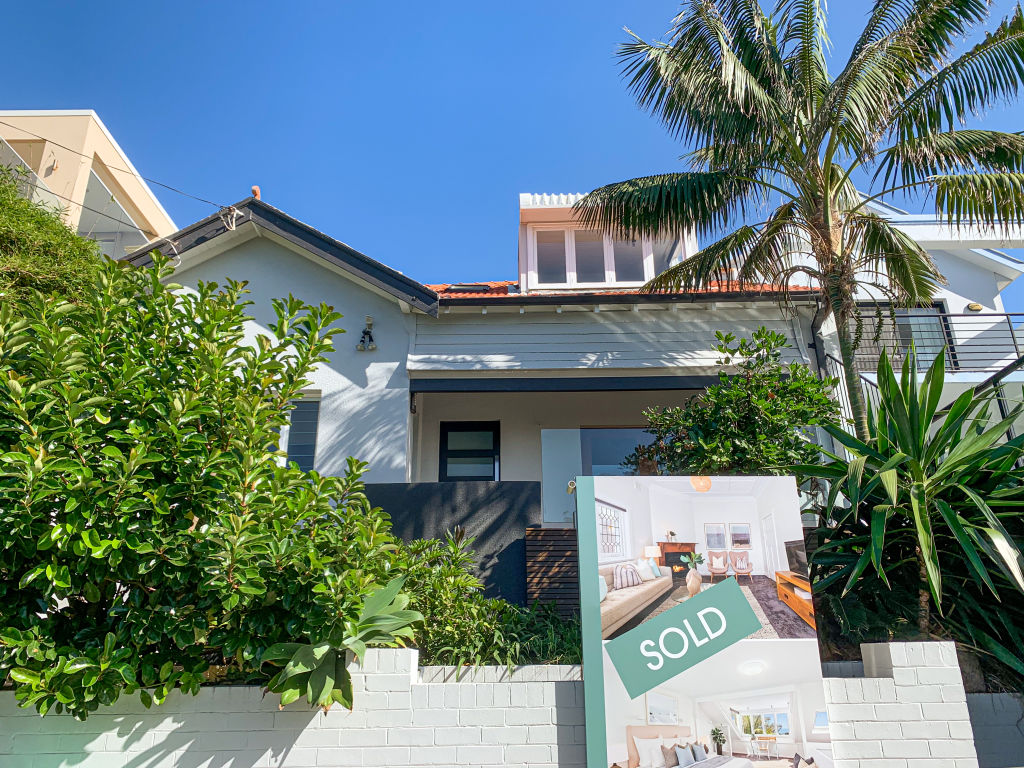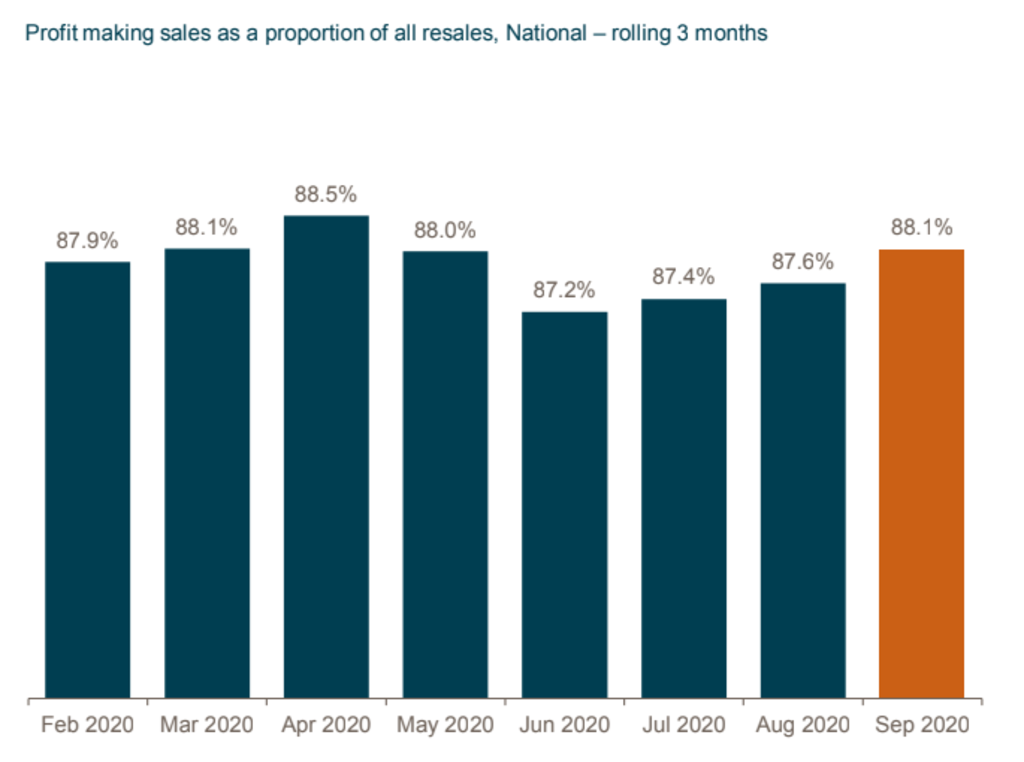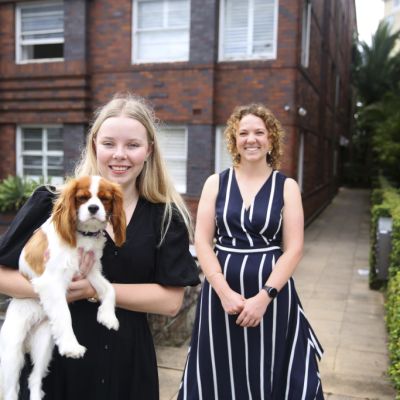Home owners more likely to sell homes for a profit than pre-COVID-19: report

Home owners are more likely to sell their homes for a profit now than they were before the coronavirus pandemic hit, new research shows.
But worries loom over the prospects for owners in riskier locations such as the Melbourne and Sydney CBDs once support measures end in March, with more than a third of sales in the Melbourne council area already transacting at a loss.
Despite early fears, the pandemic could lead to an increase in distressed sales, forcing investors to sell their homes at a loss, the proportion of properties that changed hands for a profit rose to 88.1 per cent in the September quarter, up from 87.2 per cent in the June quarter, the latest CoreLogic Pain and Gain report shows.
The figure is the same as in the March quarter and is slightly higher than in the three months to February – before the pandemic hit.

Despite a small dip in the number of profit-making resales in the June quarter, the latest figures “reflect the resilience seen in the property market throughout 2020”, CoreLogic’s Head of Research Australia, Eliza Owen, said.
“Each of the greater capital city markets, with the exception of Melbourne, saw an increase in the rate of profit-making sales over the September quarter, “ she said.
In Melbourne, the proportion of loss-making sales increased marginally in the September quarter, to 7.1 per cent, up from 7 per cent in the June quarter.
In Sydney, the proportion of loss-making resales fell from 8.8 per cent to 8.1 per cent. While in Brisbane, they fell from 13.4 per cent to 11.3 per cent.

Profitability varied widely within cities, with the Melbourne council area already recording 34.3 per cent of sales as loss-making in the September quarter, followed by 22.2 per cent in Stonnington and 18.4 per cent in Manningham.
In Sydney, loss-making sales were highest in Parramatta council area at 18.4 per cent, followed by Strathfield at 18.7 per cent and Ryde at 16.8 per cent. The City of Sydney Council area had a lower proportion of losses at 9.3 per cent, albeit still higher than the citywide average.
At the same time, profit-making sales increased more rapidly across regional Australia compared to capital cities, as increasing numbers of city dwellers considered a sea change or tree change.
Regional Victoria was the most profitable “rest of state” region, with 97.5 per cent of dwellings sold for a profit in the three months to September.
“The combined regional Australian market saw the rate of profit-making sales increase 150 basis points, to 89.2 per cent in the September quarter, while the rate of profitability across capital city markets expanded 30 basis points, to 87.2 per cent. This also reflects the divergent performance between regional and capital city real estate markets through 2020,” said Ms Owen.
Domain senior research analyst Nicola Powell said while Australia’s property market had remained “extremely resilient” over the past year, she warned that the definitive end of mortgage holidays in March could force an increasing number of investors to sell properties at a loss.
“The level of distressed sales has remained low throughout the pandemic, but I do think there are still future risks present for certain geographical locations, particularly within the CBD areas in Sydney and Melbourne.” Dr Powell said.
“I think the greatest areas of concern are units and apartments in those CBD areas that are most reliant on overseas migration and foreign students, which have experienced higher vacancy rates and where rental prices have deteriorated rapidly.
“If an investor is struggling to attract a tenant there is only so long they can support that property with no rental income …. so, as we see more properties come off mortgage holidays, we could well see more investors having to offload their properties.”
While profitability across both houses and units rose across the country in the September quarter, units represented a high portion of loss-making properties.
The portion of properties that sold at a loss among houses fell from 10.2 per cent in the three months to June to 9.6 per cent, while the portion of loss-making unit sales fell from 21.4 per cent to 19.6 per cent.
While Perth and Darwin sustained the highest portion of loss-making sales, they also saw the largest drops in loss-making sales, signalling the start of a rebound in both markets. The Perth housing market increased by 1.9 per cent in value over 2020, while Darwin saw a significant 9 per cent increase in value over the year.
In the September quarter, the proportion of Perth properties that changed hands at a loss fell to 32.5 per cent, down from 36.9 per cent in the June quarter. While in Darwin, the portion of loss-making sales fell to 50.4 per cent, down from 54.4 per cent. The ACT also recorded significant falls in the number of loss-making sales, from 12 per cent to 8.8 per cent.
Meanwhile, Hobart retained its position as the capital city with the highest rate of profit-making resales at 96.6 per cent.
The report also revealed that investors were more likely to sell their dwellings at a loss during the September quarter, compared with owner-occupiers.
Investor sales in the September quarter saw 17.1 per cent of properties sell for a loss, down from 18 per cent in the June quarter, compared with 10.4 per cent of owner-occupied sales, down from 11.1 per cent.
Dr Powell said the biggest take-home message from the report was “the longer you are in the market, the greater your prospect of making a profit-making sale.”
Over the September 2020 quarter, the median “hold period” or period of time between resale events was approximately 8.5 years. The median hold period was 9 years for profit-making sales, while loss-making sales were typically held for 6.7 years.
“The figures show that it is those owner-occupiers who remain in their homes for longer periods of time that make the greatest profits at resale because they ride those waves of property cycles,” Dr Powell says.
“And even despite a pandemic, property markets will continue to go through those cycles, and so the longer you hold your property in the market, the higher chance you have of making a profit on your investment.”
We recommend
We thought you might like
States
Capital Cities
Capital Cities - Rentals
Popular Areas
Allhomes
More










